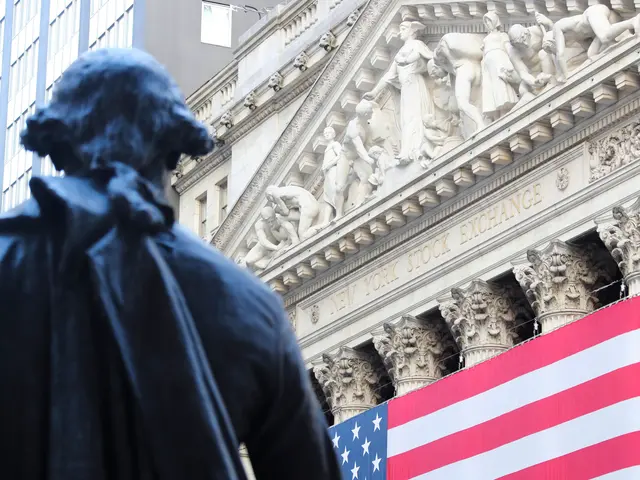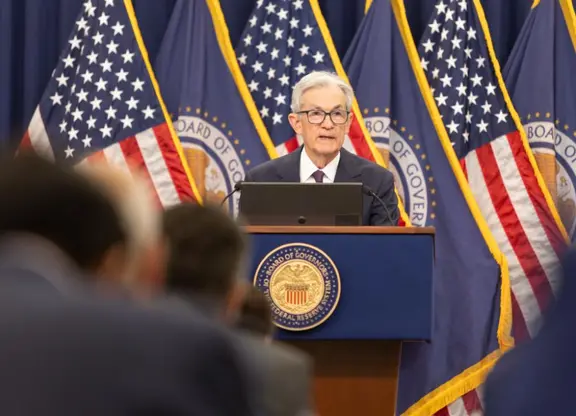Wall Street experienced a volatile week as investors grew concerned over a resurgence in COVID-19 cases while digesting a grim outlook for the economy from the U.S. Federal Reserve.
For the week ending Friday, the Dow shed 5.6 percent, the SP 500 lost 4.8 percent, and the Nasdaq slid 2.3 percent. All the three major averages notched their worst week since March 20.
The SP U.S. Listed China 50 index, designed to track the performance of the 50 largest Chinese companies listed on U.S. exchanges by total market cap, logged a weekly decline of 1.2 percent.
A sudden rise in new coronavirus cases in some U.S. states has raised questions about a swift economic recovery from the pandemic, sending Wall Street to suffer its worst day in nearly three months on Thursday. The Dow cratered 1,862 points, or nearly 7 percent, during the session, while both the SP 500 and the Nasdaq slumped more than 5 percent.
More than 2 million confirmed COVID-19 cases have been reported in the United States, with over 115,000 deaths as of Sunday afternoon, according to the Center for Systems Science and Engineering at Johns Hopkins University.
Investors' hopes for a strong recovery were also dimmed by gloomy views from the U.S. central bank, which on Wednesday kept its benchmark interest rate unchanged at the record-low level of near zero and projected interest rates to remain at the current level through at least 2022.
"The ongoing public health crisis will weigh heavily on economic activity, employment, and inflation in the near term, and poses considerable risks to the economic outlook over the medium term," the Federal Open Market Committee, the Fed's policy-making body, said in a statement after concluding a two-day meeting.
In a separate statement released on the same day, the Fed projected that the U.S. economy will shrink by 6.5 percent in 2020, followed by a 5-percent gain next year.
Fed Chairman Jerome Powell said Wednesday that the economic projections were made with the general expectation that the economic recovery will begin in the second half of the year and last over the next couple of years.
Earlier the week, the National Bureau of Economic Research announced that the U.S. economy officially entered a recession in February, which marked the end of the longest economic expansion on record.
"It remains to be seen just how quickly the U.S. economy can recover from the current recession. In our view, this uncertainty can leave many investors, especially those nearing or in retirement, fearful of what's to come," analysts at Zacks Investment Management said in a research note over the weekend, while commenting on the recent market volatility.
Thursday''s Wall Street rout came one day after the tech-heavy Nasdaq hit a fresh record. The index on Wednesday ended up 0.67 at 10,020.35, closing above the 10,000 mark for the first time.
On the data front, U.S. initial jobless claims registered 1.542 million in the week ending June 6, as the pandemic continues to weigh on the labor market, the Department of Labor reported on Thursday. The previous week's level was revised higher to 1.897 million.
 简体中文
简体中文



